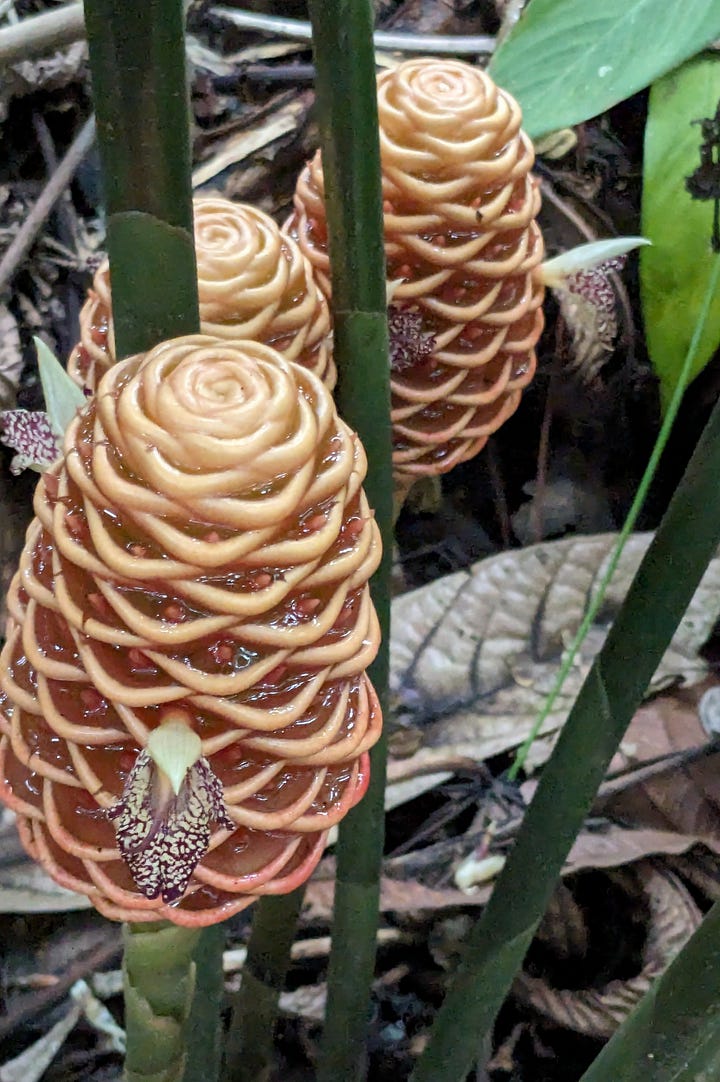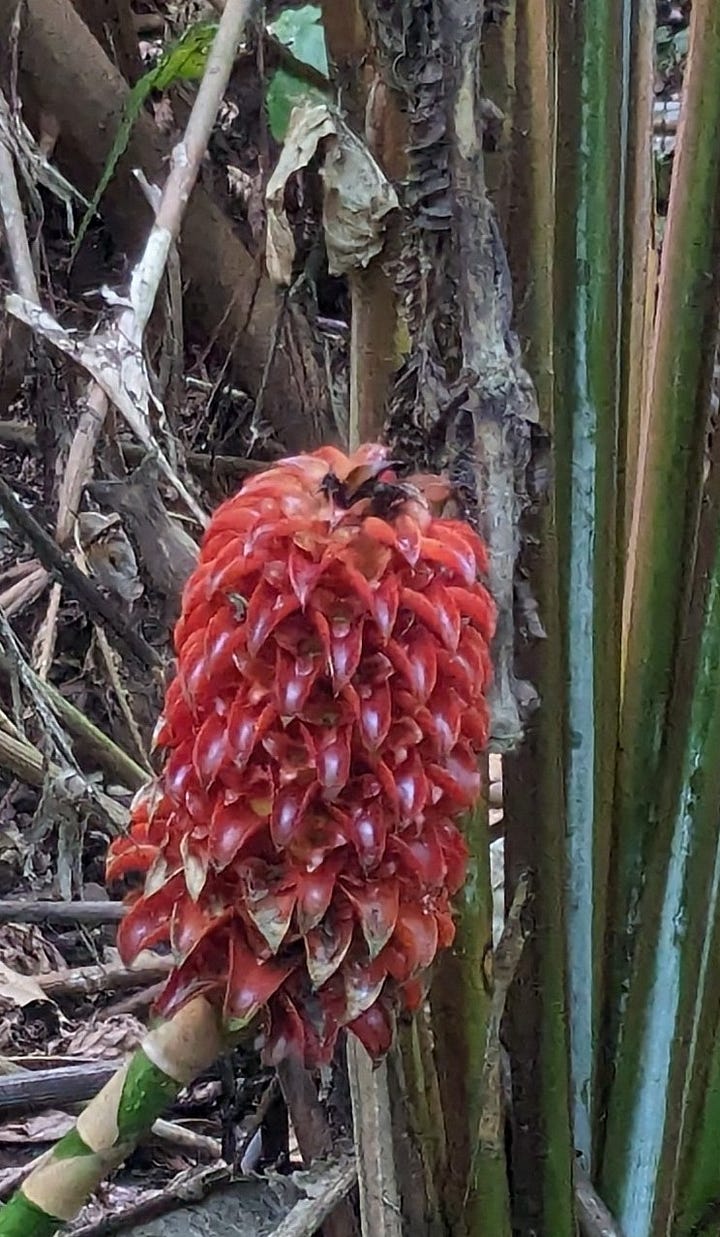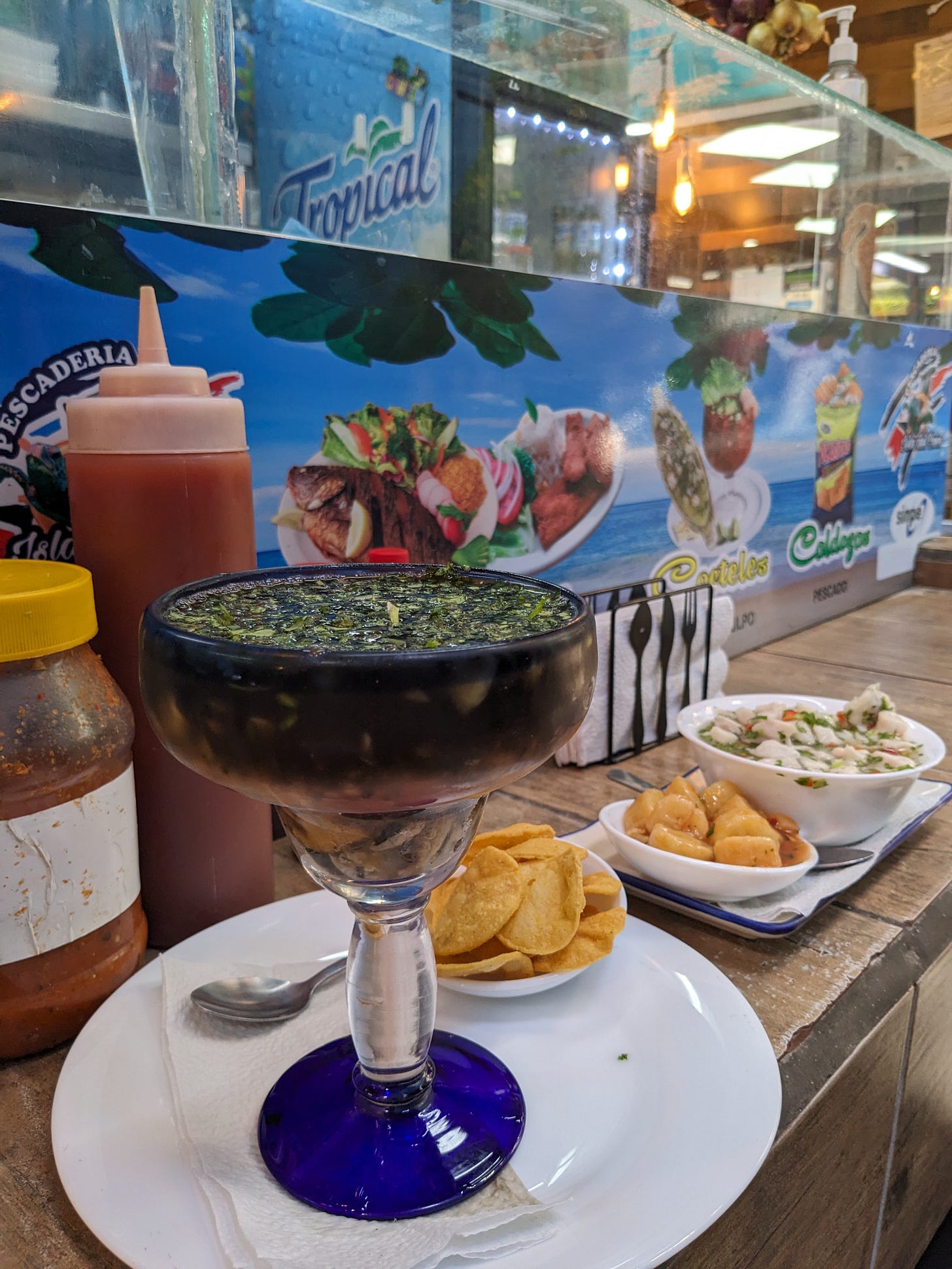I think I may have discovered as close to a social Utopia as you can get. Meet the stable (rare in this part of the world) democratic Republic of Costa Rica.
After a 44 day-long civil war in March and April 1948, the country dissolved its army. It has no military service, no weapons. Costa Ricans, known as Ticos and Ticas, are highly educated citizens. They declaim “Pura vida!” at every opportunity, a kind of verbal exclamation mark at the end of their sentences. It means, as you have guessed, “pure life” and it's Costa Rica's unofficial national slogan. It symbolises the simple, cheerful outlook and lifestyle of what is ranked in the World Happiness Report of 2023 as the world’s 23rd happiest country. According to the Freedom in the World index, it’s the 35th most democratic country and, says the Press Freedom Index, has the world’s 8th freest press. To put that into perspective, the UK stands in 24th place and the US at number 42.
Its economy, once heavily dependent on agriculture, is based primarily on tourism. So in order to create a unique selling point, it has focused on ecotourism - the environment, its flora, and its creatures.
This is the land of toucans and macaws. It’s the land of sloths. (I’d show you one except they disguise themselves as stringy moss and were hanging too high in trees for my useless phone’s camera focus.) There are no beastly monkeys to steal your bag of beach fruit, no tigers to treat your jungle walk as their snack time. There don't even seem to be any mosquitoes. And their wild flowers look like this:




Yes, there is murk in the shadows, though nothing like the extent of that which floods across the developed world, with Russia in a starring role and the UK and US pursuing their own not insignificant antisocial agendas. And, inevitably, there is on offer at, say, the Hotel Casino in Puntarenas, the kind of ‘attraction’ which no working local citizen of anywhere in the world should have to endure to make a certain sort of tourist feel validated (though at least the women aren't as shamefully young as that market expects them to be in Thailand). But it's a country where the only passers-by who don't greet you with an “Ola!” and a broad smile are the tourists.
While the food, with its empanadas, tacos, tortillas, rice-and-beans is familiar Central American fare, it is distinguished, lying as it does between the Caribbean Sea and the Pacific Ocean, by its access to fresh fish. Ceviche is the thing, cubes of raw fish ‘cooked’ in a cure of lime juice and served with finely sliced onions, chopped chillies, cilantro and more. As the acid forces the proteins in the fish to coagulate, it becomes firmer and opaque, appearing to be cooked. The fiery liquid created by the combination of hot chillies and the acid plus the fish itself is known as leche de tigre - ‘tiger’s milk’.
Though it's not always the ‘milk’ you might expect, as this dark concoction from San José’s Central Market shows.

Even among nations like Costa Rica, Ecuador and Polynesia which boast of their versions, it’s commonly agreed that ceviche is a dish that belongs to Peru. Based on remains of raw anchovy, chilli seeds, and salt in the stomachs of mummies, Peruvian historians cite the people of the Caral Civilization of central Peru between 3500 and 1800 BC as creating its origin. The fishermen of the Moche, a coastal Peruvian civilisation of 2000 years ago, were believed to have eaten their catch as soon as it was landed with salt and chillies and the fermented juice from the banana passion fruit growing locally. There's a doubt about that passion fruit, however, as it takes too long to cure the fish, so another view is that it might instead have been seaweed, salt, and chillies, which have been around South America for over 6000 years, that provided the curing medium. It definitely wasn't citric acid: bitter oranges, the original citrus, only appeared with Columbus in 1492, along with onions. Lemons and limes swiftly followed, on Spanish and Portuguese trading ships from Asia.
Long before that, the Incas marinated their raw fish in an Andean fermented drink called chicha. Those Incas living along the coast were eating raw fish with salt and ají, a loose, green hot sauce you must add at once to your repertoire for eating not just with fish but also roast meats and empanadas. Everyone has their own recipe but it’s a blend (in a processor or pestle-and-mortar) of 1 yellow or red ají pepper (Peruvian chilli pepper) or more according to your heat tolerance - they register 30,000 to 50,000 on the Scoville heat unit scale;1 tablespoon finely minced tomatoes; 2 tablespoons finely minced fresh coriander/cilantro; 1 clove garlic peeled and finely minced; 1½ tablespoons finely minced white and pale green part of spring onions/scallions; 1 tablespoon lime juice; 1 tablespoon white wine or apple cider vinegar; 1 tablespoon water; all of which you must let mellow together in the fridge for at least an hour.
Not all food historians agree that ceviche originated in Peru. Some argue that it developed much later under colonialism, created by the Moorish slaves who came from Andalusia with the Conquistadors and who, with their Arab traditions of cooking fruits with meat and fish, may have created ceviche by mixing the citrus fruits they had brought with them with local ingredients.
In Costa Rica, ceviche is made with mahi mahi, tilapia, raw shrimp or octopus. Any firm white fish will do. Should you fear you’ll be afflicted by the consumption of raw fish, you will be safe if you just make sure that the fish you buy is as fresh as can be and doesn’t carry the slightest whiff of ammonia, a sure sign that it’s not. The citric acid does absolutely ‘cook’ the fish. If you’ve been made to feel wretched by those beastly magazine features that tell you we’re coming up to that time to get ourselves ‘beach-ready’, ceviche is one of the most delicious ways to do so, as well as blasting the winter blues away. And if you need any further persuading, it takes but minutes to rustle up.

400g/1lb white fish or prawns/shrimp
1 large ripe tomato, diced
1 bunch of fresh coriander/cilantro, leaves only
½ medium-large red onion, peeled
16 tablespoons/1 cup fresh lime juice
½ tablespoon salt
Dice the fish into small cubes or slice the shrimp into 3 or 4 pieces.
Finely mince the cilantro leaves and chop the red onion. Add the fish or shrimp and other ingredients to a large glass bowl and mix together well with clean hands.
Sprinkle with salt to taste. Pour over the lime juice. Cover and refrigerate for 2-3 hours before serving for the flavours to blend into the fish.
Eat with warmed taco chips to scoop up the ceviche into your mouth.
Pura vida!





Julia - Your post triggered memories of a Christmas time trip to northern CR in 1988 with a friend. It was quite an adventure and you are “dead on balls accurate” (as my cousin Vinny’s fiancé would say) about the people, food and ambience! I need to go back. I’m going to make your recipe today with fresh Louisiana shrimp. Once I “get it in my belly,” I’ll let you know if I did your recipe justice. I love your column! Au revoir, mon ami!
Richard E McCormack
I adore both ceviche and the Mexican version, aguachile, whose origins (maybe apocryphal?) stem from sailors using chilli and seawater to cure their fish. It tends to be spicier than ceviche, and I love it: https://www.theyucatantimes.com/2021/09/all-you-need-to-know-about-aguachile